(May 14, 2023) “This year, United States became India’s largest trading partner with trade nearing near the $200 billion mark,” shared a happy Dr Mukesh Aghi, President and CEO of US-India Strategic Partnership Forum (USISPF) in one of his social media posts last week. Since the inception of USISPF in 2017, Dr Aghi has played a pivotal role, working with business and government leaders in the US and India to promote trade and strengthen ties between the two countries. “It’s a remarkable achievement but more can be done, as the Indian government sets policies and executes new schemes to improve and enhance the business environment in India, thereby creating a stronger environment to create more foreign investors,” the business leader added.
A recipient of Pravasi Bharatiya Samman 2021 for his outstanding contributions to the Indian diaspora, through promoting economic ties between India and the US, Dr Aghi has immense love for his native country. Although he was born in India, Dr Aghi has lived around the world to study and work. With a distinguished career spanning both the private and public setors, Dr Aghi has held senior leadership positions in companies like IBM (Singapore and India), Steria (France), and L&T Infotech (USA).
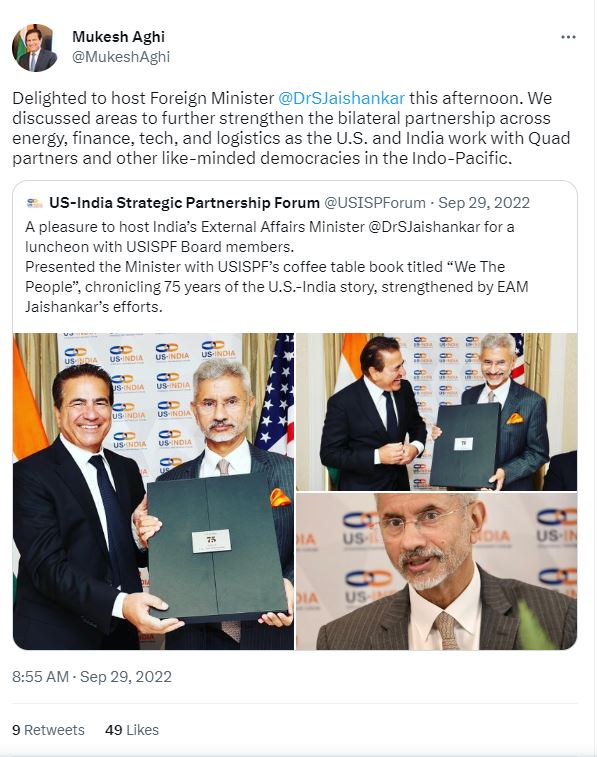
As the President and CEO of the nonprofit organization USISPF, Dr. Aghi has been a vocal advocate for the interests of the Indian American community. He has pushed for policies that benefit Indian companies operating in the United States and has been a strong proponent of initiatives that promote education, innovation, and entrepreneurship among the Indian diasporas.
The Global Indian has been recognized for his leadership and contributions through various awards and accolades, including the JRD Tata Leadership Award. He was recognized by the New York-based Esquire Magazine as a Global Leader. For his extensive philanthropic work, he received the prestigious ‘Ellis Island Medal of Honor’ in America in 2018.
Taking US-India strategic partnership forward
“I believe that the US-India relationship is the most important relationship of the 21st century. This has been stated by President Obama, President Trump and President Biden,” Dr Aghi remarked in a chat show conducted by Business World during his recent visit to India.
His non-profit, USISPF serves as a platform for dialogue and collaboration between businesses, government officials, and thought leaders from India and USA.
Established with the goal of enhancing bilateral trade and investment ties, fostering economic growth, and advancing shared interests and values between the two countries, USISPF focuses on various sectors including technology, energy, healthcare, defense, education, and agriculture. “India’s demographic dividend, (now as the world’s largest populous country) and tech talent, and the robustness of the American tech economy enable a synergy in the tech space,” Dr Aghi remarked in a social media post emphasizing how both countries complement each other.
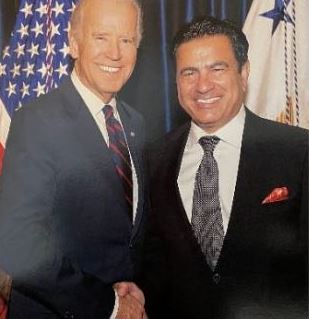
Dr Mukesh Aghi with US President, Joe Biden
The organisation acts as a forum for stakeholders to exchange ideas, address challenges, and explore opportunities for economic cooperation. It also organizes high-level meetings, conferences, and events that bring together industry leaders, policymakers, and influencers to discuss key issues and promote business partnerships.
USISPF also provides research and analysis on important economic and policy issues affecting the U.S.-India relationship. It produces reports and publications that offer insights and recommendations to policymakers, businesses, and other stakeholders.
Utilizing India’s potential
In his recent conversation with Business World Dr Aghi said, “India has tremendous resources to build AI, while the US has fantastic algorithms on the AI side. If we merge those algorithms with the data of 1.4 billion people, we can come up with fantastic solutions that will be a win-win. However, it is important for policymakers on both sides to sit down and discuss how they can establish certain fences around AI so that it does not become a threat to society.”
Fully invested in his purpose of leveraging the high potential of US-India partnership, he remarked that the time is ripe to enhance the two countries’ collaboration in the space sector, and work towards enhancing supply chain resiliency, ‘a focus for Prime Minister Modi and President Biden ahead of the Quad Leadership meeting’.
Expressing his joy, he added, “India is now becoming a hotbed of innovation which is going to the rest of the world. We have over 326 space startups in India, and they are doing fantastic innovation.”

Dr Mukesh Aghi in a meeting with PM Modi
At the top of his game
Climbing peaks whether as a business leader or as a mountaineer is the Indian-origin leader’s core competency. While Dr Aghi served as chief executive and member of the board at L&T Infotech, he played a key role in tripling the company’s valuation. He expanded the business on a global level, led the company’s commercial growth strategy, established its global services function, and built the global sales leadership team preparing the organization for an IPO.
During his time as CEO at Steria, a European digital services and software development company, Dr Aghi successfully spearheaded the merging of Xansa and Steria into a more than $2 billion business. He managed P&L, sales strategies, service delivery, strategic partnerships, a global workforce of over 6,000 people, and the top 50 global accounts of the organisation. The business leader also directed the building of innovation labs and business solutions and liaised with the World Economic Forum and lobby groups in India and Europe during his time at Steria.
As the general manager of outsourcing in Asia-Pacific and President of India at IBM, Dr Aghi tripled the company’s revenue in three years and grew the market share, gross margins, and caliber of talent. He helped set up the IBM Lab in India and registered multiple patents from it.
Fluent in many international languages, as well as an avid marathon and mountaineering enthusiast, the business leader has competed in more than 27 international marathons and climbed some of the highest peaks in North America and Europe.

Dr Mukesh Aghi with Minister of Commerce and Industry, Piyush Goyal
Reaping growth
Dr Aghi is the founding-CEO of Universitas 21 Global, which went on to become one of the world’s largest e-learning joint ventures, hailed by global educational bodies as a premier online institution. He was responsible for Building the company from the ground up and spearheading strategies for all aspects.. He also led the board of corporate and academic leaders.
The company’s online program became the fastest-growing online program with enrollment growing to more than 7,000 MBA students from 70 countries across the world. Five years after founding Universitas 21 Global, Dr Aghi sold the company to a private equity firm for a profit which was twelve times his investment value.
“We as individuals must decide on our own what our priority is. You must reflect ‘am I being a parasite in the world or am I being a contributor’. It’s ok to create wealth but there must be a balance – a balance between accumulating the wealth and bringing change and contributing to society,” he said in a thought leadership conversation organized by Giggr.
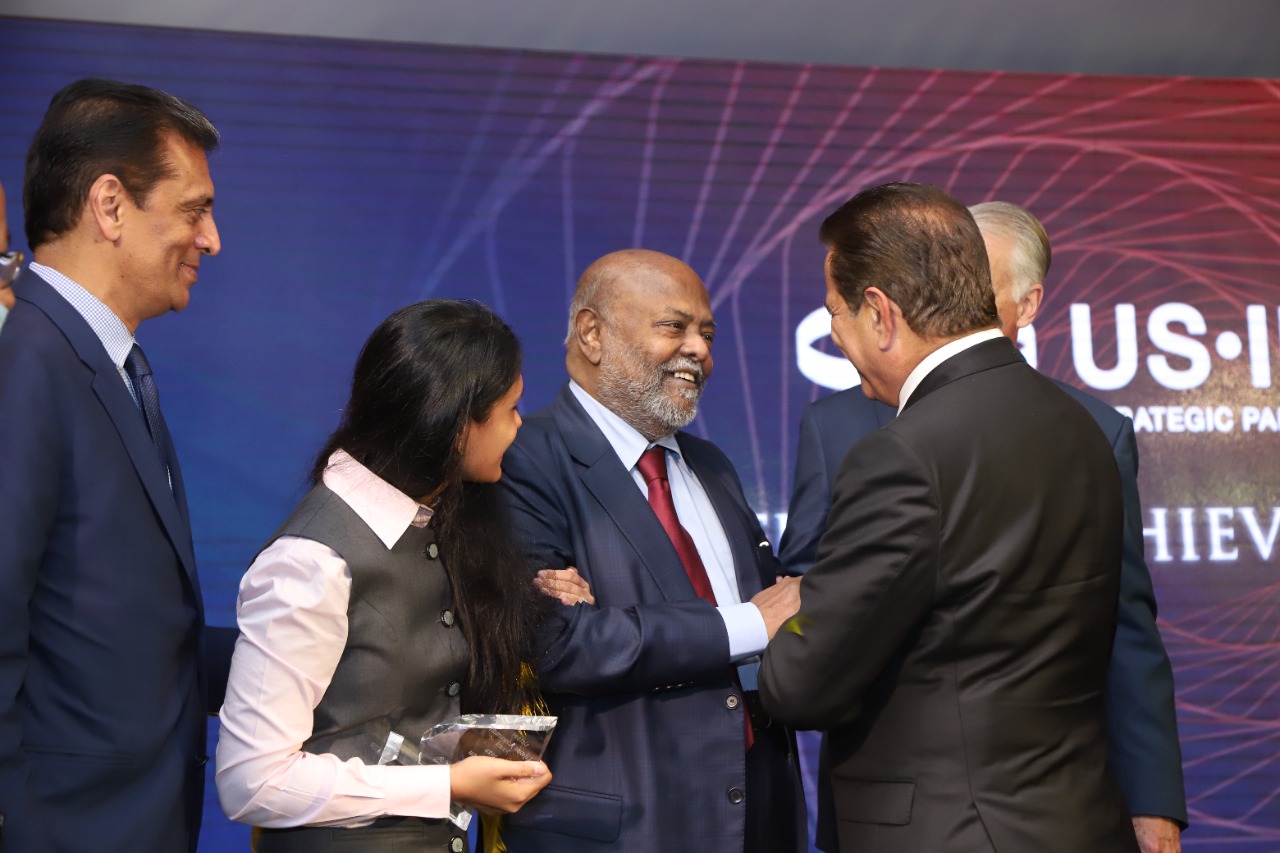
Dr Mukesh Aghi with industrialist Shiv Nadar
Giving back
A noted philanthropist, Dr Mukesh Aghi has been involved with several charitable organisations and supported causes related to education, healthcare and poverty alleviation. He has been at the forefront of relief efforts for issues ranging from the pandemic to the 2018 floods in Kerala. He also works with initiatives aimed at promoting clean energy and sustainability and has served as the CEO of the Association for Democratic Reforms (ADR), a non-profit organization in India that aims to bring transparency to the country’s democratic system.
He has also been involved with the Pratham Education Foundation, one of India’s largest NGOs, which works to provide quality education to underprivileged children in India.
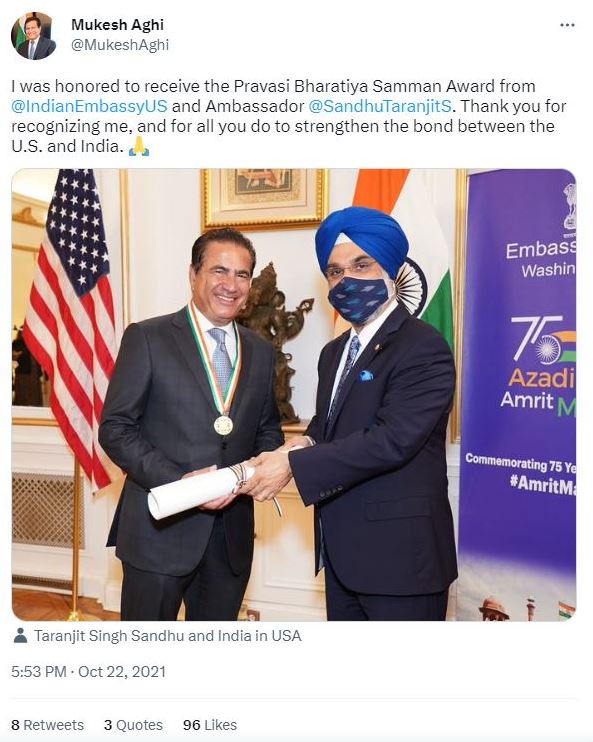
In 2017, Dr Aghi received the Community Leadership Award by the American India Foundation (AIF) for his philanthropic work. “Indian Americans are the most affluent and most philanthropic minority group in the US. It shows that as a community, we are not just focused on enhancing our own lives, but also the environment around us and the different cities we are staying in,” he said at a conference.
Dr. Aghi holds several degrees, including an advanced management diploma from Harvard Business School, a Ph.D. in international relations from Claremont Graduate University, California, an MBA in international marketing from Andrews University, Michigan and a BA in business administration from the Middle East College, Sultanate of Oman. Though he is based in the US, the business leader extensively travels to India for help power his country’s growth.



 Sharmin Ali[/caption]
Sharmin Ali[/caption]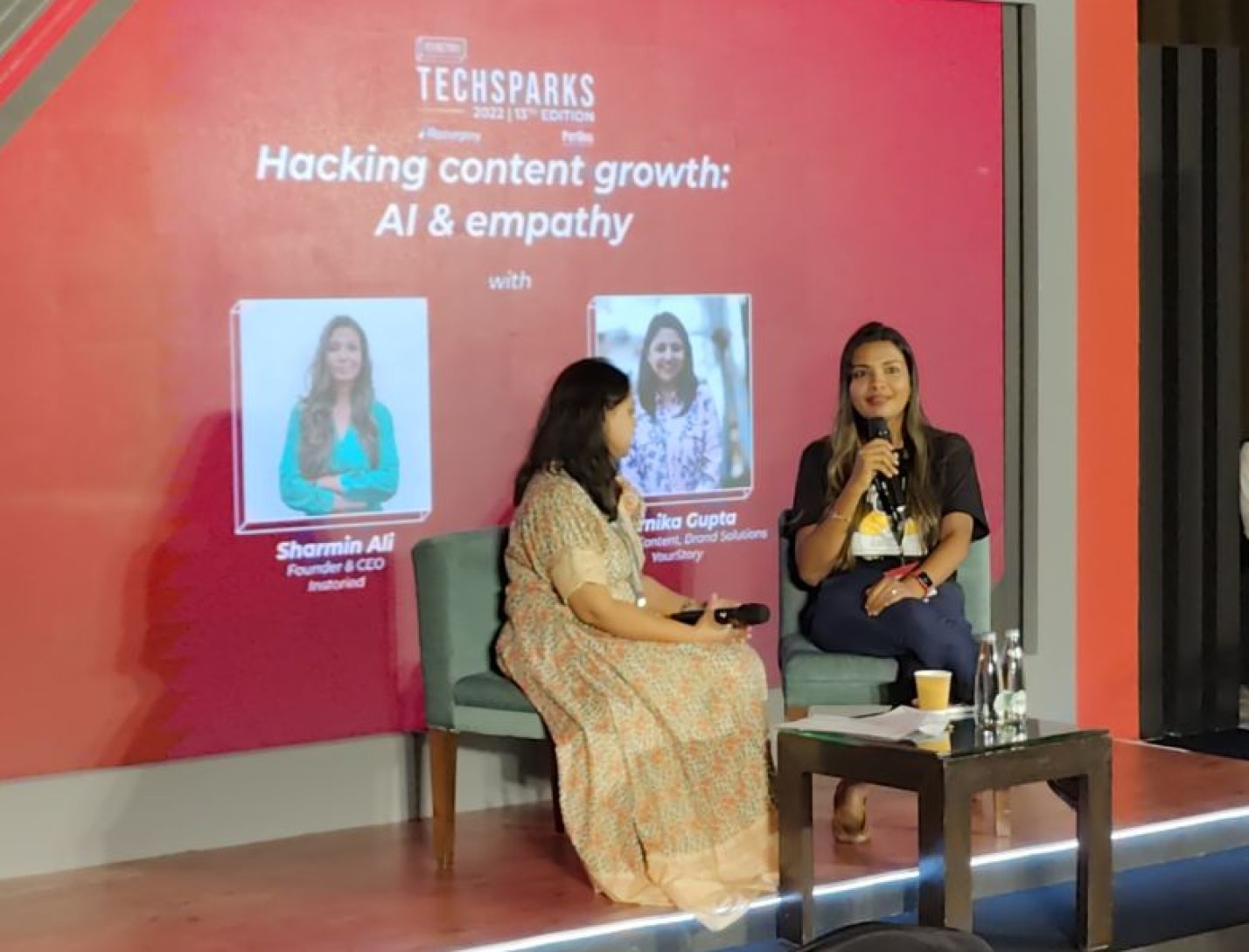
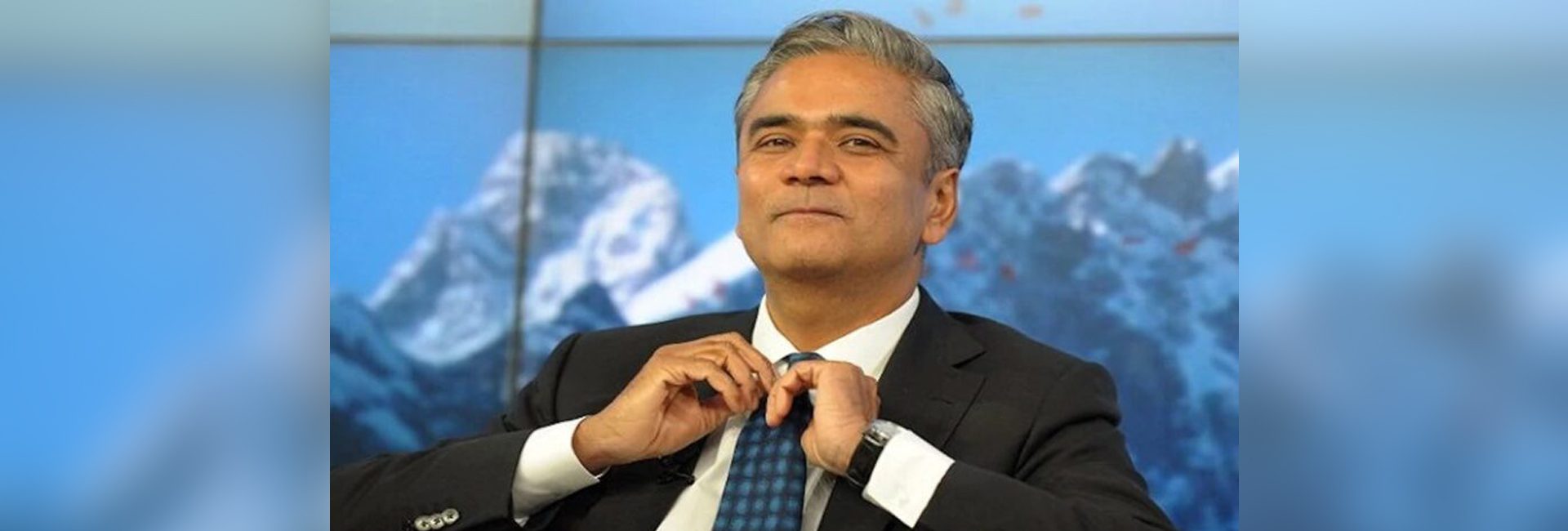
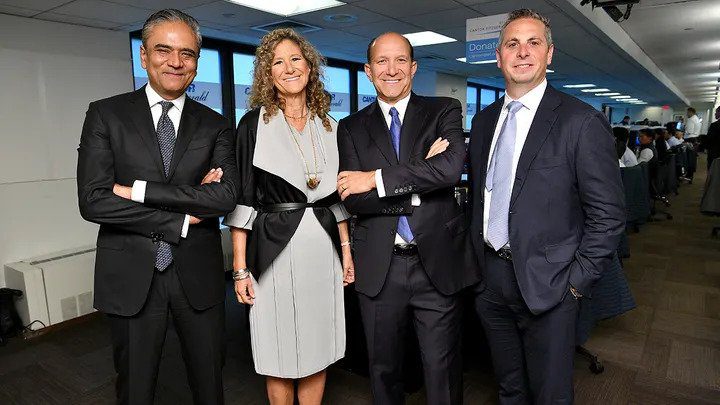 Anshu Jain, Edie Lutnick, Howard Lutnick, and Jim Buccola during a charity event in 2019[/caption]
Anshu Jain, Edie Lutnick, Howard Lutnick, and Jim Buccola during a charity event in 2019[/caption] Jain during a meeting with Prime Minister Narendra Modi[/caption]
Jain during a meeting with Prime Minister Narendra Modi[/caption]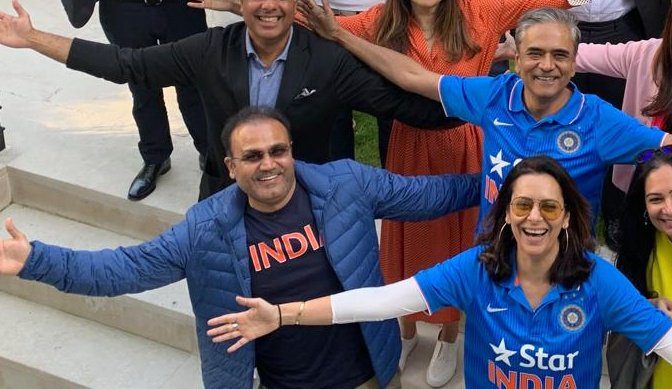 Jain, with his wife Geetika, and dear friend, former Indian cricketer, Virender Sehwag[/caption]
Jain, with his wife Geetika, and dear friend, former Indian cricketer, Virender Sehwag[/caption]
 Vishnu, The Radiant One. Photo:
Vishnu, The Radiant One. Photo: 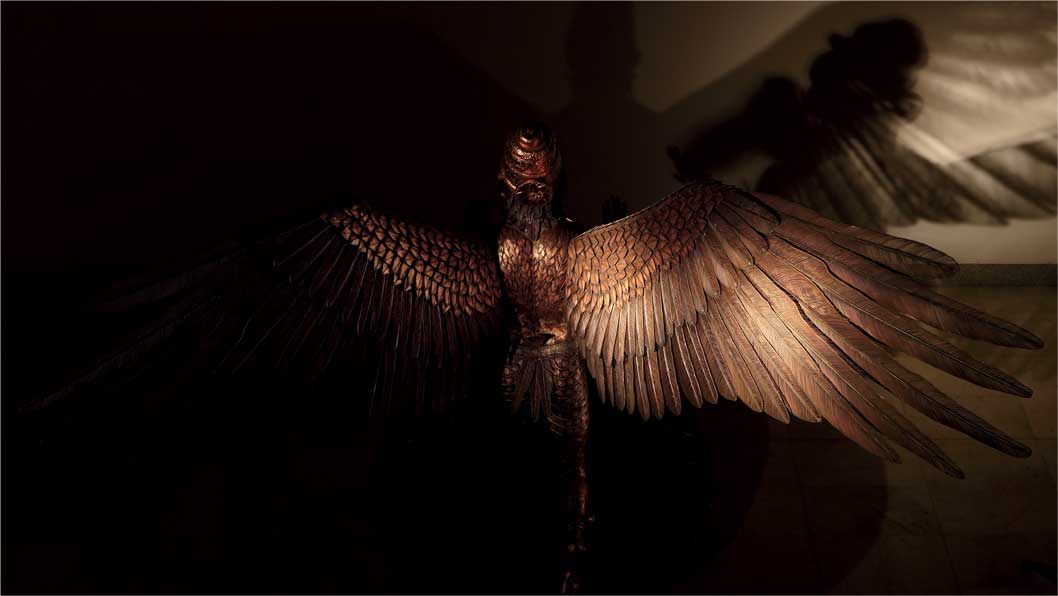 'The Worshipping Garuda' by
'The Worshipping Garuda' by  Photo:
Photo: 
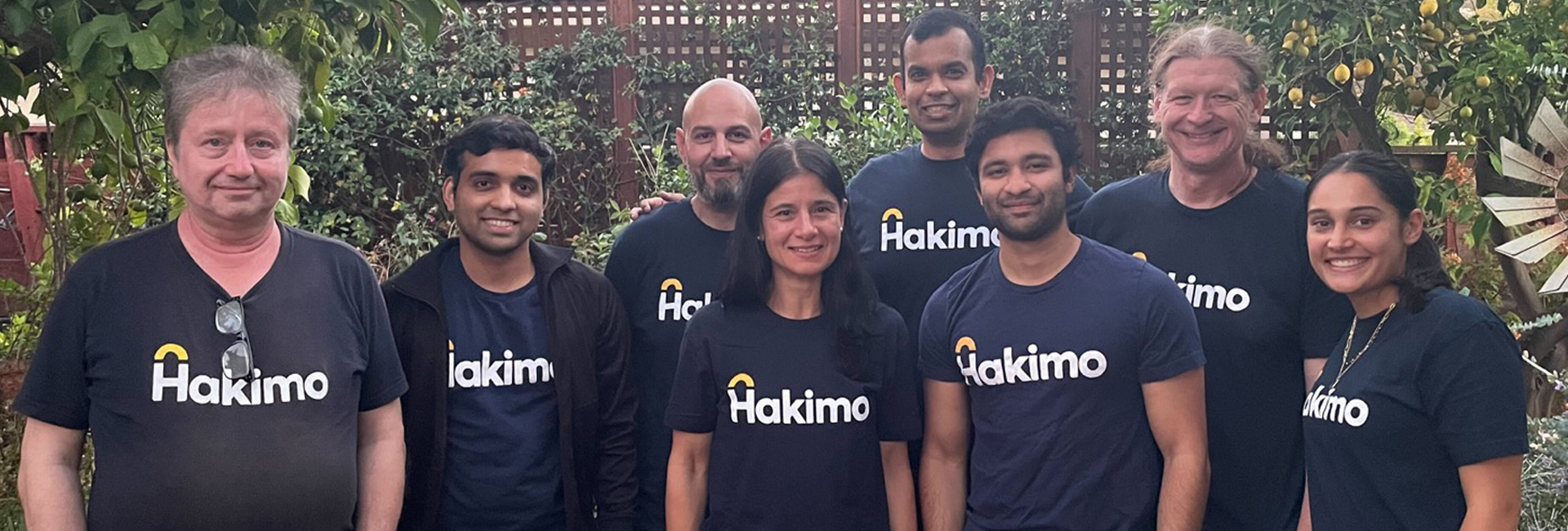
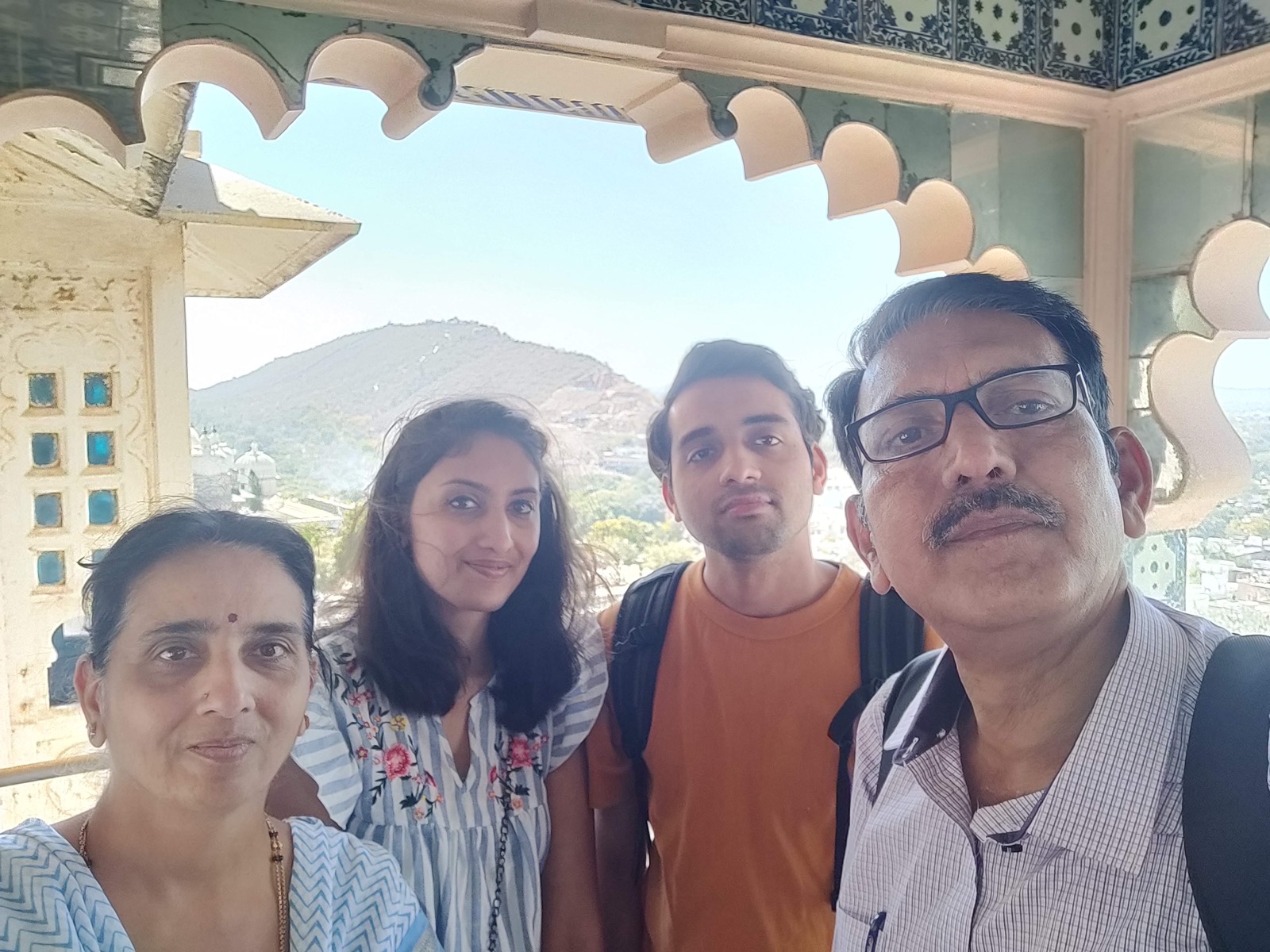 The Honnungar family[/caption]
The Honnungar family[/caption]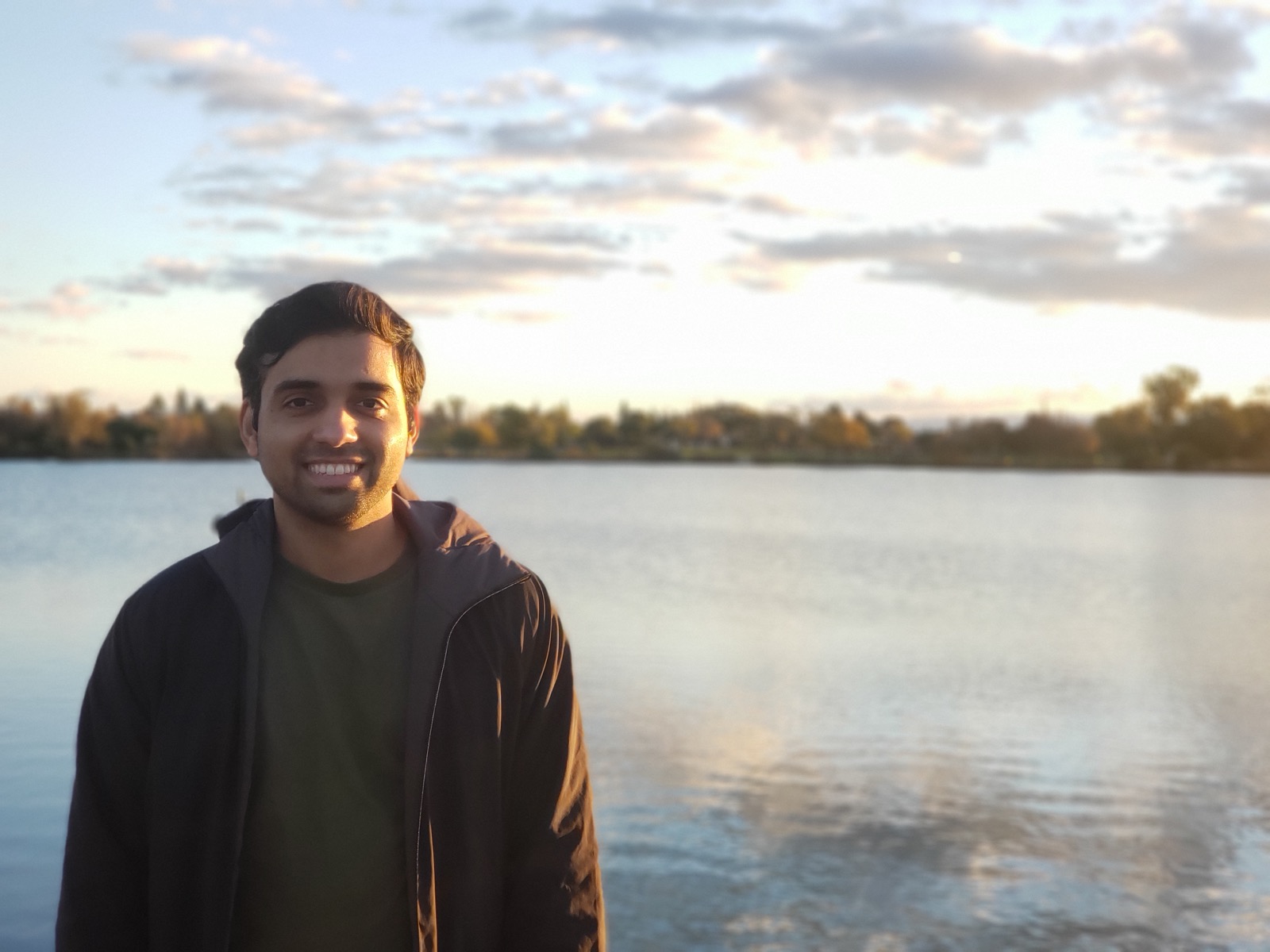
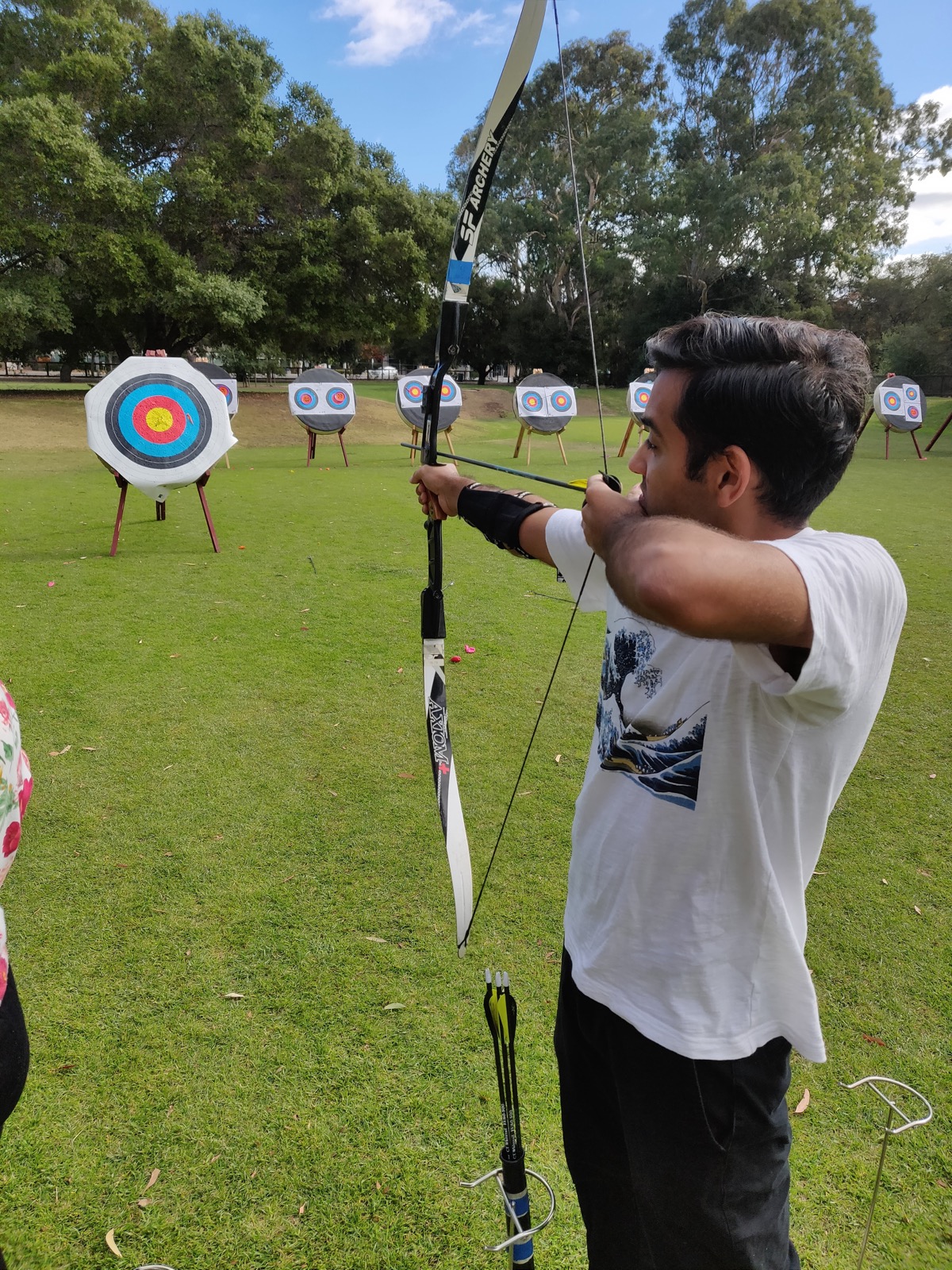

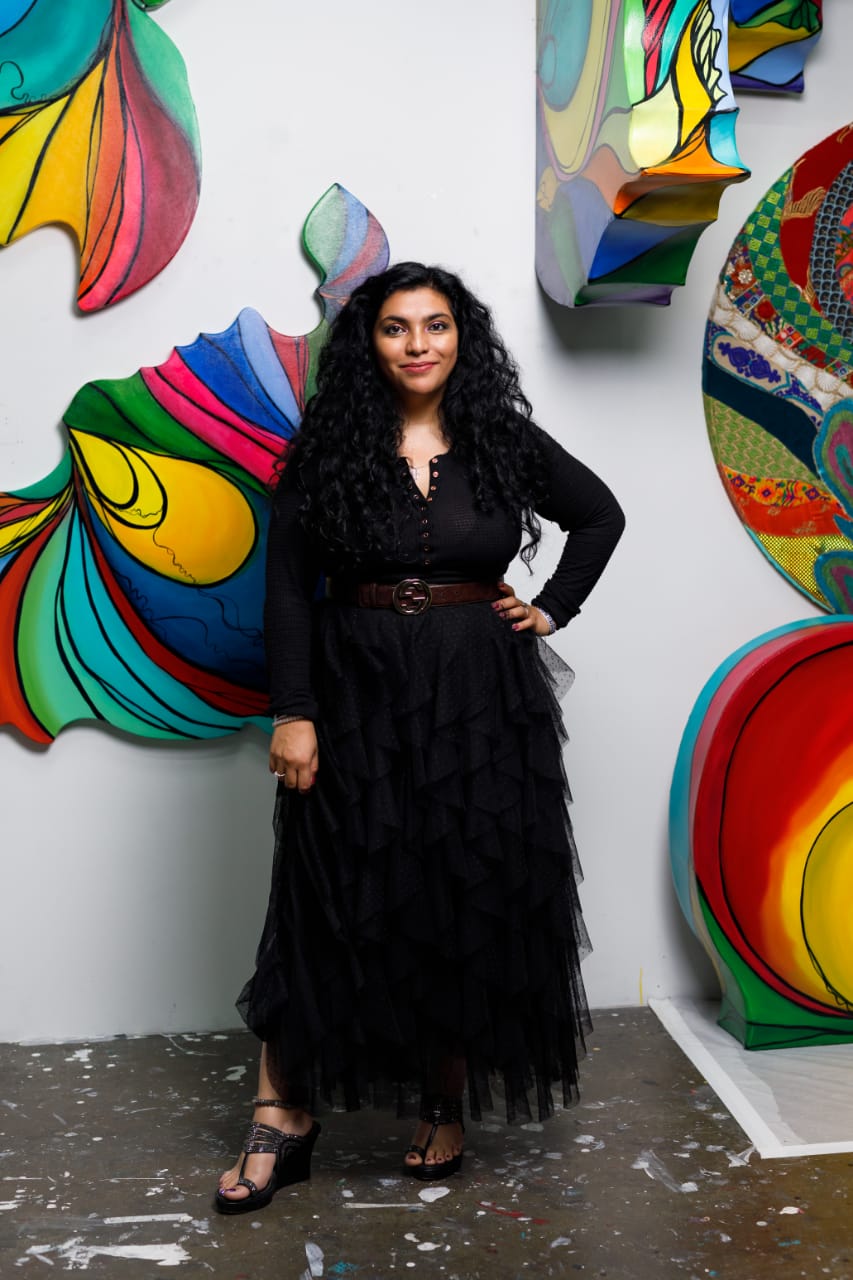 Janavi Mahimtura Folmsbee[/caption]
Janavi Mahimtura Folmsbee[/caption]